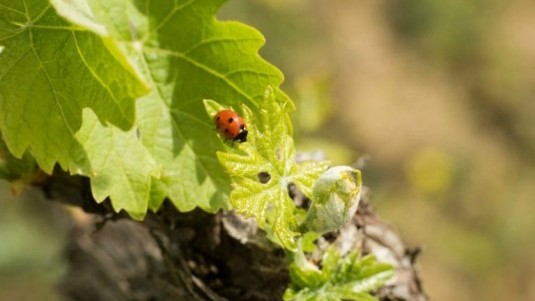Achieving sustainable wine

Eco-sustainability in wine production involves not only how the vineyards are cultivated but also aspects like packaging, logistics and energy sources.
It is by now all to evident that the question of eco-sustainability cannot be ignored in any and every human activity and thus also agriculture and winemaking. This clearly being the case, it should be pointed out, however, that often in the wine sector the question tends to be limited to winegrowing, while eco-sustainability is something much more.
There is no question that limiting the use of invasive chemicals, pesticides and heavy metals is very important for respecting the environment. However, wine production cannot be considered eco-sustainable unless adequate action is taken in related areas.
Wine packaging, for example, is very important. Using lighter bottles, eco-compatible and preferably reusable corks and closures and using as little plastic as possible in packaging are all positive measures. But it is also important to limit the total weight of shipments as much as possible. Another fundamental aspect is utilizing renewable energy sources like wind, solar and geothermic.
During a conference staged at the recent wine2wine event, Kristina Kelly, the head of external relations at the Gallo Winery of Modesto, California, the world’s largest wine producer with over a billon bottles a year, explained how a winery of that size deals with questions related to eco-sustainability. Some of the things she said were quite different than what one could, somewhat superficially, have expected. Eco-sustainability in the most important stages of production is of deep-felt concern even for such a large enterprise. Solar panels to make energy production self-sufficient, the use of containers that are more eco-sustainable, on-site bottling to avoid transporting enormous numbers of bottles are only a few examples of the measures they have adopted. The following address was by Robert Joseph, a Master of Wine particularly concerned with eco-sustainability, who explained that, for example, the bag-in-a-box is the best non-glass container possible when it comes to waste disposal and that many leading producers around the world prefer these containers for their low-cost wine.
Some important projects of environmental sustainability are born almost everywhere, as was emphasized at a conference organized by Valoritalia, the organization responsible for monitoring the Doc, which was held in Florence on December 11. Small producers such as Michele Manenti of Salcheto di Montepulciano, and Giovanni d'Orsi of Casaloste di Panzano, but also Sandro Sartor, managing director of Ruffino, who is not small, have illustrated what they are doing in this regard, showing that these issues are not heritage of this or that reality in the wine sector, but a common concern and widespread.
I realize that these arguments are very technical and not exaxtly “romantic” but they regard vast sectors of production where vast numbers of consumers are concerned. For this reason, the choices made for these sectors have much to do with eco-sustainability, no matter what different or poetic vision one may have of a world that, like it or not, must also tackle questions that are much more concrete.

 Italiano
Italiano







